Many people worry unnecessarily about asking an audience if they have any questions after their presentation. Often this is because of a fear that the audience will be hostile or that they may not be able to answer the question.
As with everything else to do with presenting, you can prepare yourself to deal with questions. Decide whether you are going to allow questions from your audience. If yes, will you take questions at the end or as they arise? Tell your audience near the beginning of your talk when you want questions to be asked so they know what to expect.
There are a number of reasons why a question and answer session is a good idea:
It allows audience participation
It helps you to get a ‘feel’ for the interest the audience has in your topic
It allows your expertise and personality to shine
It helps to bring out any points you may have forgotten during your presentation, which your audience felt were important
It allows for clarification of any points about which your audience were unsure
It allows you to stress your main point
It can help to get commitment to your plan of action
It helps you to find out from your audience whether they understood every aspect of your presentation
The first step in responding to questions is to listen very carefully. Nod to show that you are paying attention. Ensure that you let people finish, restate the question and respond to everything, even statements. It is important to stay on track, control the discussion and move toward action. And remember that it is okay to admit that you don’t know the answer as long as you offer to find out and circulate the answer at a later time.
Here are the main types of questions you may be asked, along with suggestions on how to deal with them:
Rhetorical/Statements Repeat the question, agree and thank the questioner
Awkward/Hostile Try using one of these phrases: - ‘This is not the appropriate forum for that type of question’ - ‘Thank you for your question; what is your own opinion?’ - ‘I’d be happy to answer your question afterwards – it needs a little thought/time, etc’ - ‘I’d like to open that one up to the rest of the audience – what do they think?’ - ‘Is there a point to your question Sir/Madam?’ Remember not to get flustered or try to belittle or embarrass the questioner.
Difficult If you do not know the answer, admit it – but promise to find out and to circulate a detailed answer, explaining that this is a complex issue. Try to give a brief summary at the time.
Relevant Repeat the question for those who may not have heard it. Answer it simply and concisely; thank the questioner.
Inappropriate Try ‘I don’t think that question is appropriate here. As time is short, perhaps you would care to come and see me afterwards to discuss it.’
Long winded / multiple questions Summarise the main points of the question and answer each part in turn
No matter what type of question you are asked, there are five basic rules to remember:
Be polite
Repeat the question to ensure everyone has heard it
Answer clearly and concisely, using plain language
Thank the questioner
If you do not know the answer, admit it. Do not bluff. Promise to follow it up – and do so!
During your preparation also make a list of questions, thinking in terms of the worst questions you may be asked, as well as the simplest ones and spend some time composing suitable answers so that you are not caught off guard and can answer clearly, concisely and confidently.
Many speakers fear that there will be a deathly hush when they open up the session for questions. Your audience may, individually, be nervous about asking a question. You have possibly sat in an audience before today, wanting to ask a question, but waiting for someone else to go first! Your audience may well be the same.
So how do you get the questions started?
You could begin by asking the audience a question. You might target one individual if you know their background (e.g. ‘John, how do you think this will impact on your department?’). You might prefer to ask a general question, but your audience could still be too nervous to ask it!
An alternative suggestion is to use a plant and have a friend or colleague to ask a pre-arranged question which should help get the ball rolling and other questions should follow.
Finally, you could start the questions off yourself by saying “I’m often asked about XYZ, and here’s my answer …”
After you have called for questions, leave a long enough time for your audience to ‘pluck up courage’, but judge the time carefully. If no more questions are put to you, thank your audience and finish with a prepared ending to reinforce your message. The worst thing you can do is say thank you and end it at that point. It is crucial to plan and practice your parting remark to ensure that you end on a positive note and reinforce your key message.
Mel Sherwood is a Presentation Skills and Personal Impact Speaker and Founder of The RED Effect™. She works with ambitious business leaders, teams and individuals who want to express themselves with confidence, credibility and charisma. An Australian based in Scotland, Mel is an award-winning speaker, author and coach and combines over 25 years’ experience in business with a background as an actor, presenter and singer.


